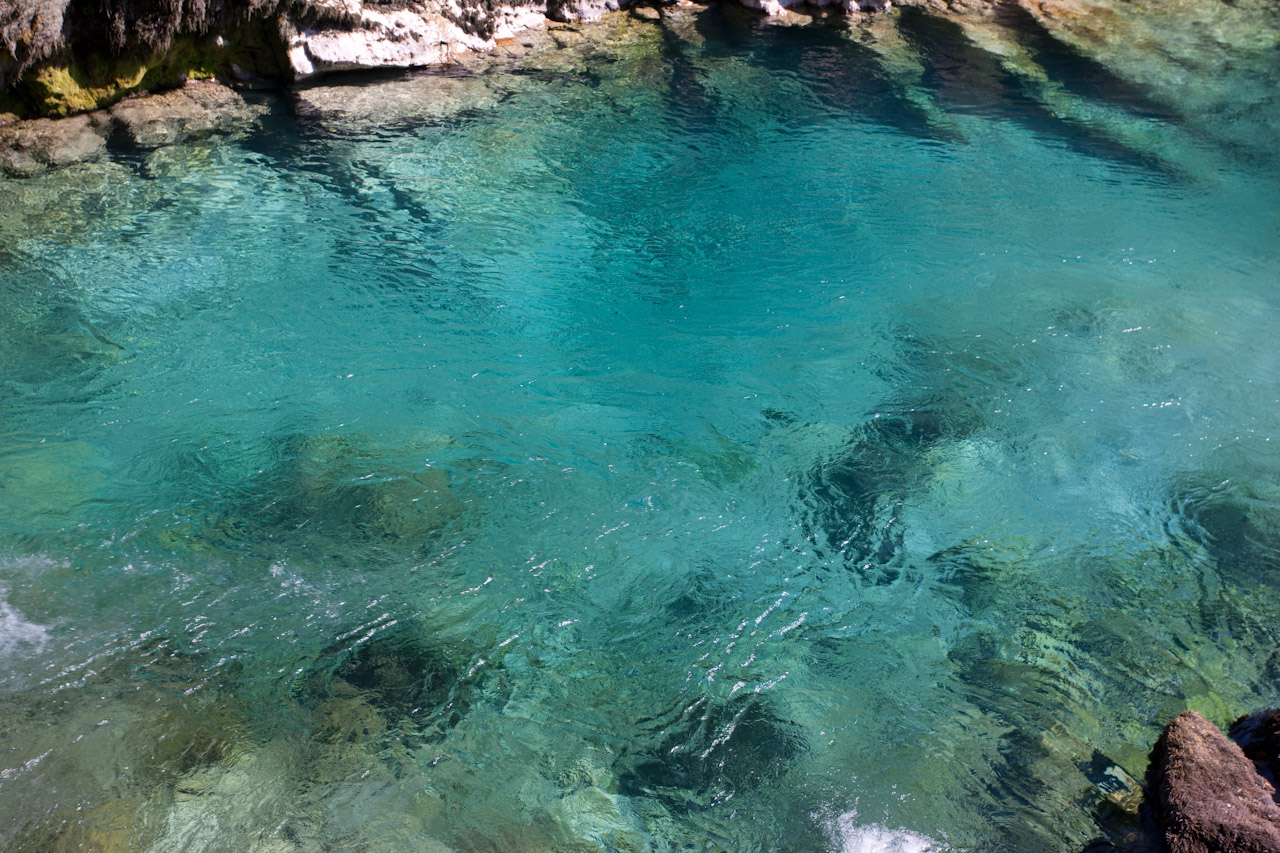About the site

CATEGORY OF PROTECTION: Significant Landscape
YEAR OF PROTECTION: 1948
SURFACE AREA: 3 881,6 ha
POSITION: Municipality of Knin – from the source of the Krka River about 3.5 km northeast of the centre of the town of Knin (about 500 m from the road Knin – Vrlika – Split) to the northern border of Krka National Park, 2 km downstream from Knin.
The Krka River, from the Krčić falls to the base of Skradinski buk, and its riparian belt in a width of 100 metres, in the canyon section to its ridge, was proclaimed a nature reserve on 20 January 1962 pursuant to the Nature Protection Act. With the proclamation of Krka National Park in 1985 and the amendments to the border of the park in 1997, the upper reaches of the Krka River from the Krčić falls to the border of Krka National Park remained in the category of a protected landscape. The protected landscape includes the source of the Krka River, lying at the foothills of Dinara mountain, 3.5 km northeast of Knin, just under Topoljski slap, also called Veliki buk or Krčić falls, a 22 m high waterfall that roars with water in winter and is dry in summer. The source consists of three permanent springs: Main spring, Little spring and the Third spring. The Main spring rises in a cave (siphon) at an altitude of 224 m. The Third spring and Little spring are found on the left bank of the Krka River, about 50 and 150 m downstream of the falls, respectively. The Third spring gives about 3–5% of the total water of the Krka source, the Little spring about 10–15%, while the Main spring is the richest, giving about 80–95% of the river’s water, with a discharge from 1.5 to 10 m3/s. It is believed that during geological history, before the Krčić River became a periodic river, the source of the Krka River was in the Dinara foothills at the location of the present day source of the Krčić River.
The Krka River receives three tributaries over the first 4 km of its course: Kosovčica (12.5 km), Orašnica (5.3 km) and Butišnica (39 km). The first left tributary is Kosovčica, which brings water from several permanent or intermittent springs (Veliki and Mali springs and Lopuško Field) from the eastern edge of the Knin field. The first right tributary is Orašnica, which receives the majority of its water from the Crno Vrela (Black Well) spring and the springs in Vrpolje. Downstream from the mouth of the Orašnica, after the Krka leaves the Knin Field, it receives the Butišnica on its right bank. The Butišnica River springs in the mountain region of the northernmost part of the Krka catchment area and is the most abundant of its tributaries. It receives several permanent though short tributaries along its 39 km course: Jelenački Stream, Duler, Crni (Black) Stream, Mračaj, Došnica and Radljevac. During World War I, the Butišnica was separated from the Krka River by an embankment, and today they flow parallel to their confluence, which was moved about 2 km downstream from the “natural” mouth near Bulin kuk.
Four species of fish inhabiting the Upper Krka River have been included in the Red Book of Freshwater Fish of Croatia.